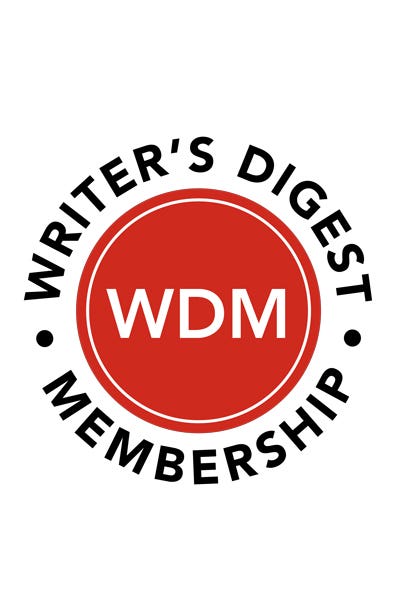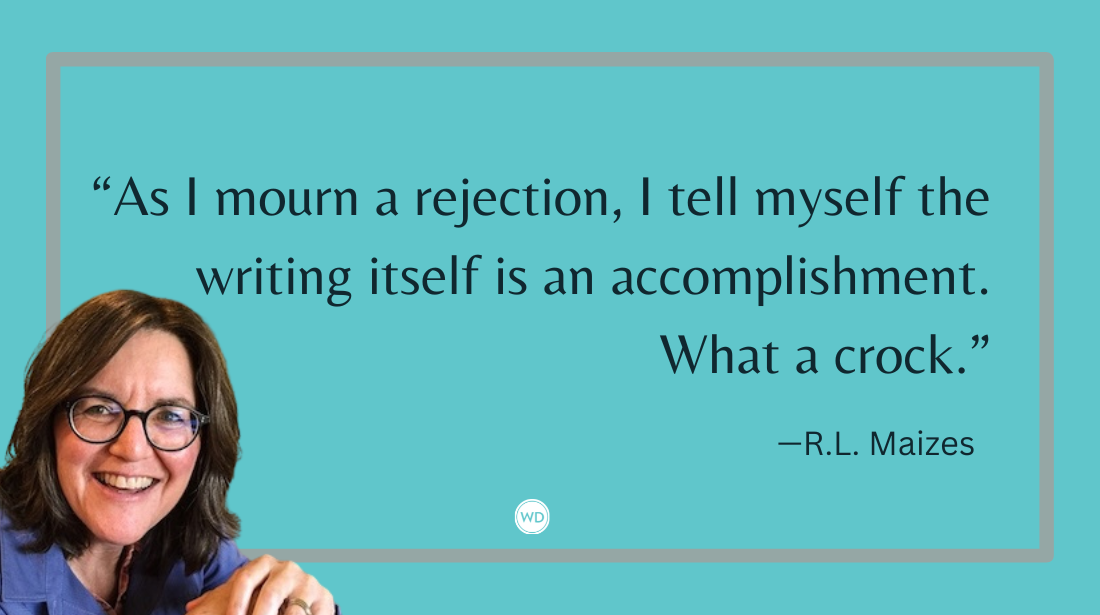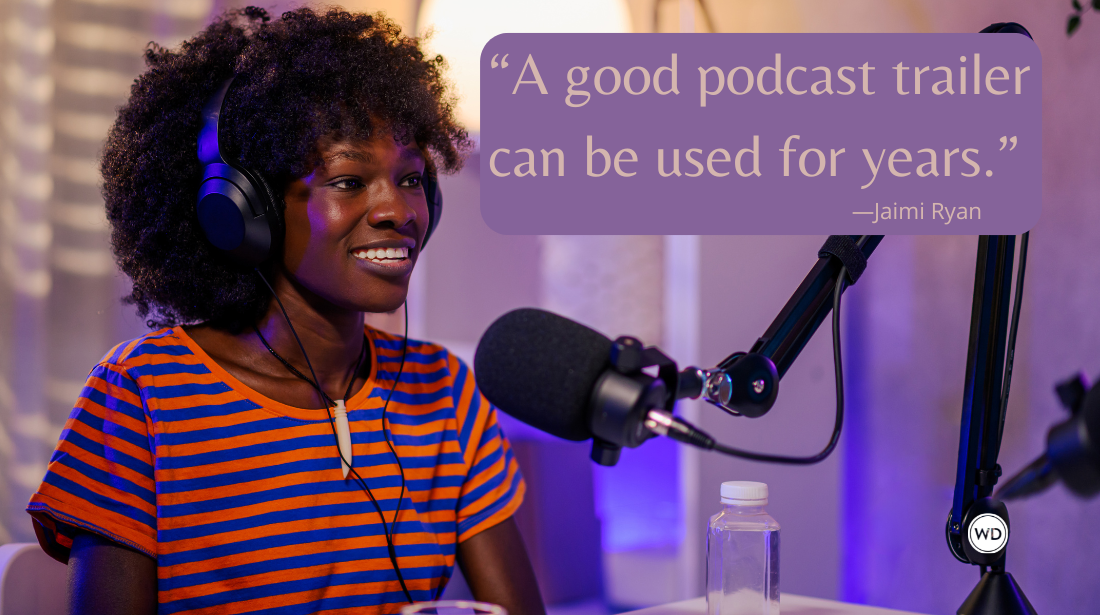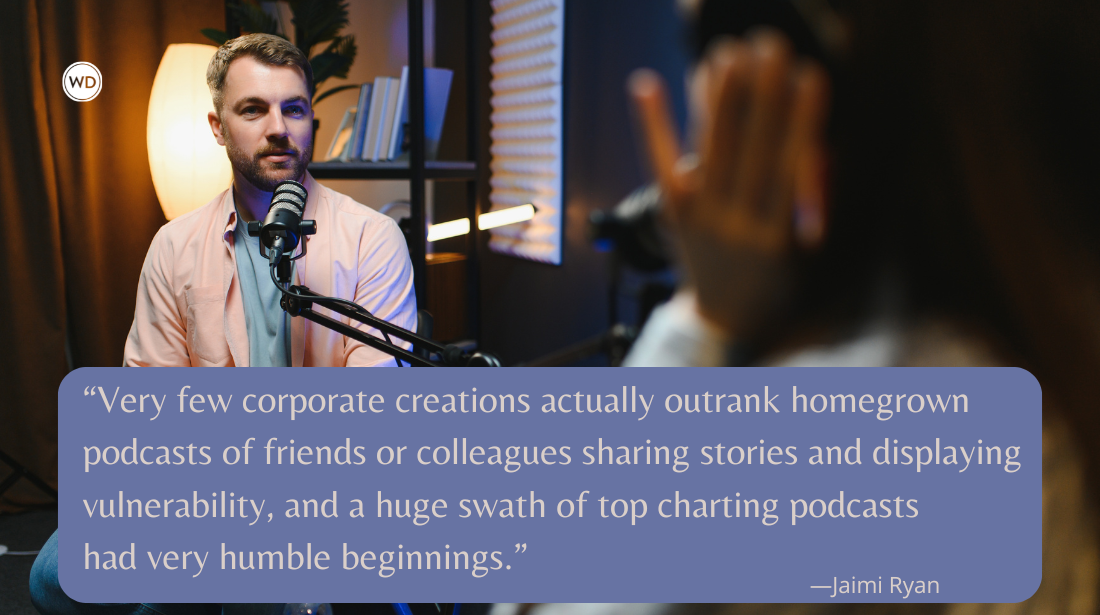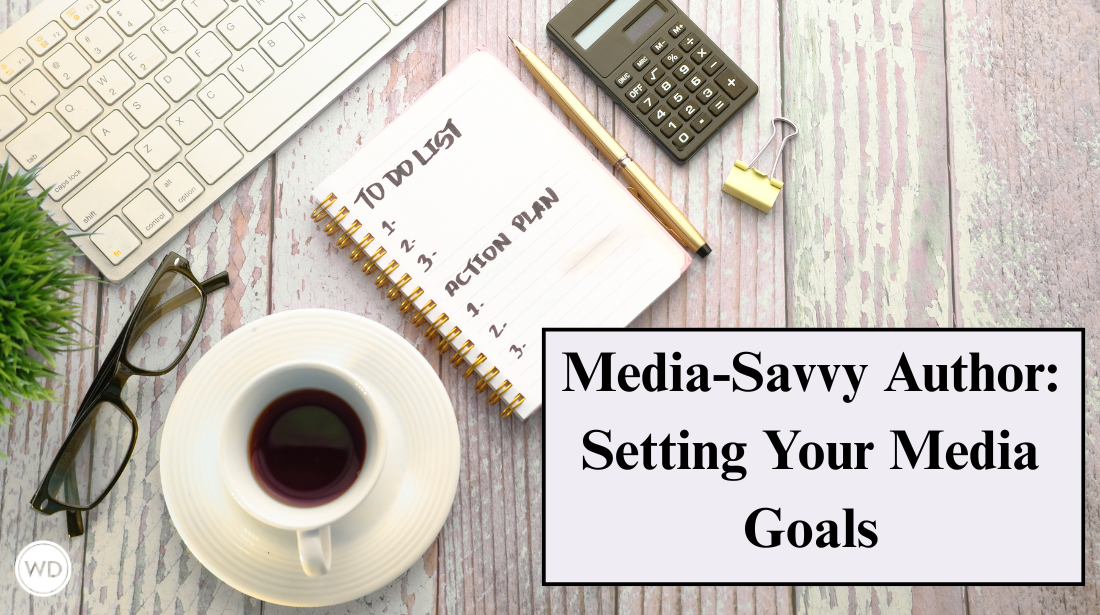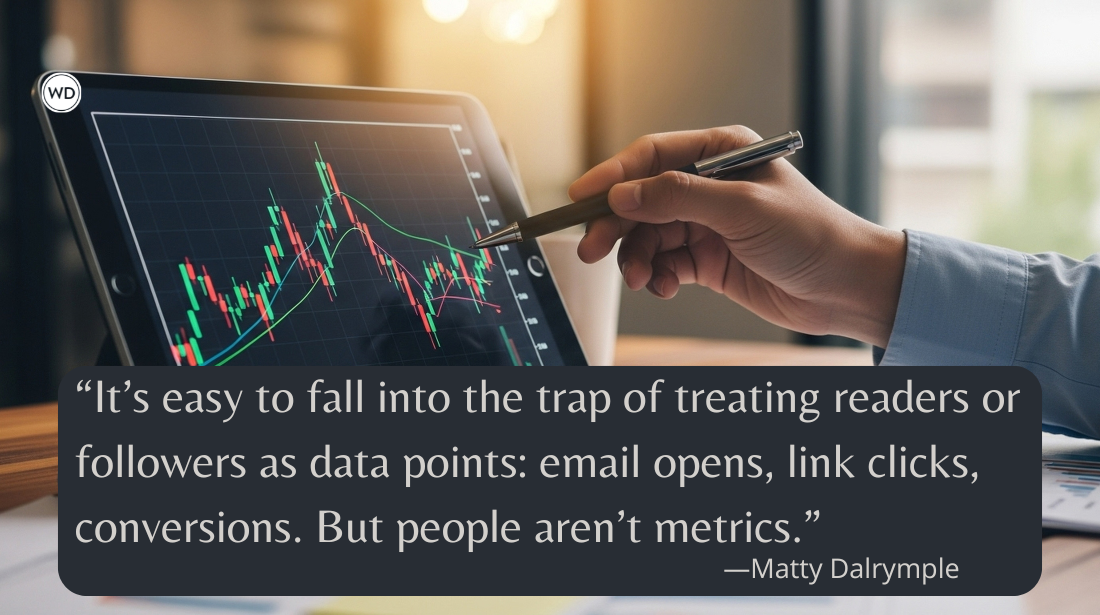I’m a late bloomer with writing—I released my debut novel last month at the age of 55. It took me 34 years to overcome the writer’s block that started in a disastrous creative writing class in high school. By now I have forgiven the co-teachers who openly derided my unwieldy short story in class and later apologized to me privately for being so harsh.
For so many reasons besides that belittling criticism I received, I could never get past the first 30 to 50 pages of more than a dozen novels I began and then abandoned in the following decades. It was all too easy to lay the self-doubt aside and settle for a day job that was less challenging and less fulfilling than the calling I could never put behind me.
When my husband and I moved to Spain in 2019, I intended to take one more run at writing fiction part-time while teaching English. Then, during Covid lockdown in 2020, I tricked myself into short daily writing sessions that were sometimes frustrating but still better than the boredom of sitting stuck in an apartment with nothing better to do. A novel emerged—at last I had found a way to quiet (if not silence) the inner critic and proved to myself that I could do it.
I began querying that novel in 2022, and all the advice-givers on YouTube agreed a newsletter is a great way to build an author platform. For new writers today, I would emphasize starting one as soon as you first begin drafting your novel, preferably sooner. While the cold-querying process to agents still produces success stories, the ability to engage with readers and show that you are already a robust citizen of the literary world is an increasingly important selling point that novices ignore at their peril.
Unfortunately, I also came late to the newsletter and author platform game and didn’t yet have that crucial piece in my querying package. Despite a few full manuscript requests, all my queries were declined; that I managed not to take those 60 rejections personally was a testament to how far I’d come from that crushing earlier experience. While I let those No’s marinate, I embarked on a newsletter platform I’d heard about in a writing workshop: Substack.
Never mind monetizing—a secondary consideration for a fiction writer trying to connect with readers—the real magic of Substack is in the relationships you build with like-minded hopefuls, many of them also just starting out and looking to build a rapport with someone, anyone, who shares their dream of joining the community of people playing with words. I call it a writer incubator, even though there are more experienced writers and recognized names on the platform all the time, either courted by Substack or just finding their way through attrition from traditional media.
Whether it’s finance, civil rights, or news, popular media, erotica, or New Age meditations, there’s a niche for everyone—and by all accounts, deciding on a niche is the first task at hand when you are initially choosing categories for yourself. I picked Fiction and Literature, but for the first 11 months I published no fiction. I was testing the waters. I busied myself with thought salads, book reviews, and stories of my life—clearing my throat while I figured out what I was really doing.
Six months into posting on Substack, the self-imposed weekly deadline did wonders for my motivation, my subscribers increased five-fold, and feedback that was supportive rather than hypercritical helped repair my confidence further. I began to form connections with other writers, including several who were testing out serializing novels. I saw how non-traditional narratives presented in episodes resonated with readers, that the process of writing and reading fiction in digestible bites could be as satisfying as sitting down to the five-course meal of a book in hand.
Eager to begin a new novel, I decided on a different approach—drafting and publishing each chapter as I went along. Lamb: A novel in snapshots is experimental and non-linear, interlocking stories with the same characters tracing an arc from high school days to the mysterious disappearance and untimely death of the title character. The story unfolds years later when his best friend, the unnamed narrator D, reminisces about their life together in the 80s and 90s while sorting through journal entries, poetry, and short stories left behind by Lamb, a sensitive, misunderstood soul and frustrated writer.
The main advantage of this method (rather than finishing the novel before posting) was that I could post episodes of the story in real time, without much fear that developments later would necessitate seismic shifts in the earlier chapters. Drafting my first novel had been a process of iterations, blind alleys, and revisions; it had also taken two years.
Another advantage, besides a deadline, was the need to frame each episode as its own engaging scene with a satisfying conclusion that still left the reader wanting more. Writers serializing on Substack often find their individual chapters are tighter and more suspenseful within the constraints of the format.
The main disadvantage of serializing? Perhaps the perception that a novel self-published on Substack is disqualified from agent representation or a traditional publishing contract. I was interested in giving self-publishing a shot, and serializing it first seemed the perfect way to build an audience who might also be interested in buying or at least telling others about the book version later.
Of course, there are still opportunities to publish traditionally even after self-publishing, Andy Weir and The Martian being just one wildly successful example. At least two memoirs (Kimberly Warner’s Unfixed and Mary L. Tabor’s Who By Fire) and a novel (Eleanor Anstruther’s Fallout) first serialized on Substack have been offered publishing contracts by Alisa Kennedy Jones’s new women-centered imprint, Empress Editions.
The brilliance of Substack as a platform is not just the readers you find, but the relationships you’ll form with writers at all levels of the game. Eleanor, who’s now been both traditionally and self-published (she is leading the charge for a rebrand to “independent” publishing as an increasingly worthwhile path in the evolving marketplace), is a generous, prolific Substacker who also provided me a blurb for Lamb.
There are a few caveats to just firing up a new Substack and starting to post chapters. Build up an audience of consistent readers first, who can be depended upon to Like and Comment on each new installment. Provide clear signposts along the way, with a separate introduction and table of contents pinned to a special section for your novel, and in-post links to previous and subsequent chapters. Know that most readers on Substack are unfailingly kind, and their positive comments should not take the place of beta readers and honest, constructive criticism. Expect that some readers will fall away in the course of the serial—rather than be disappointed, consider that these might be the very people who would prefer to read your story in book form; use it as motivation to set a swift deadline to bring it to market.
As I’m turning the corner with the book I started on Substack, now released into the wild, the experience of building my platform there is sending ripples out into the wider literary landscape. While it’s not a magic pill, the doors it can open are proliferating for the new writer hoping to be welcomed into a fellowship of mutual support.



